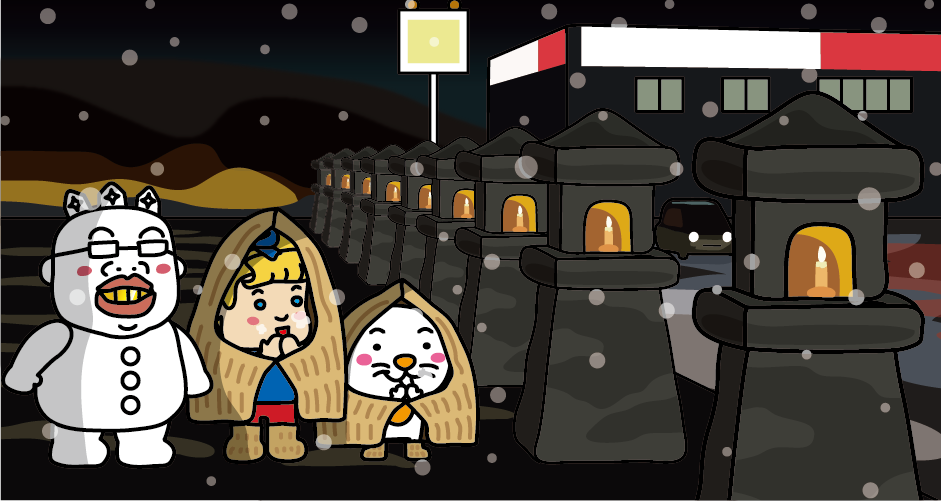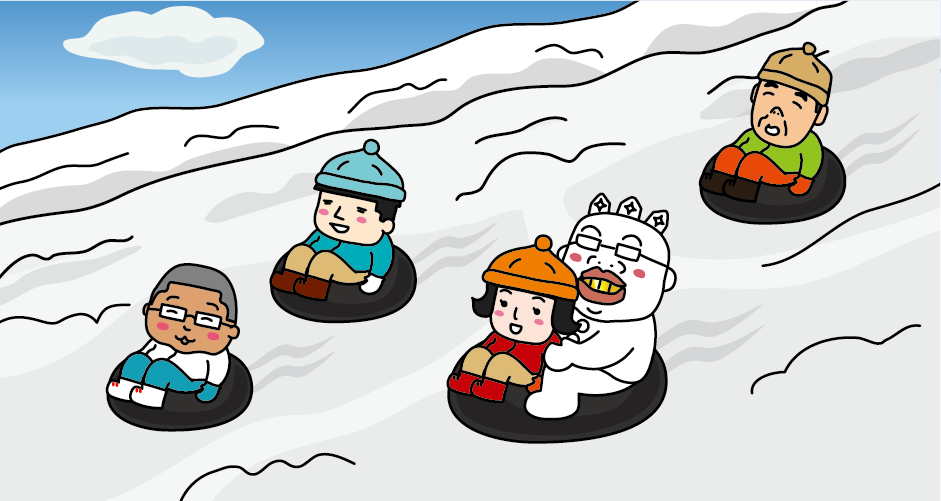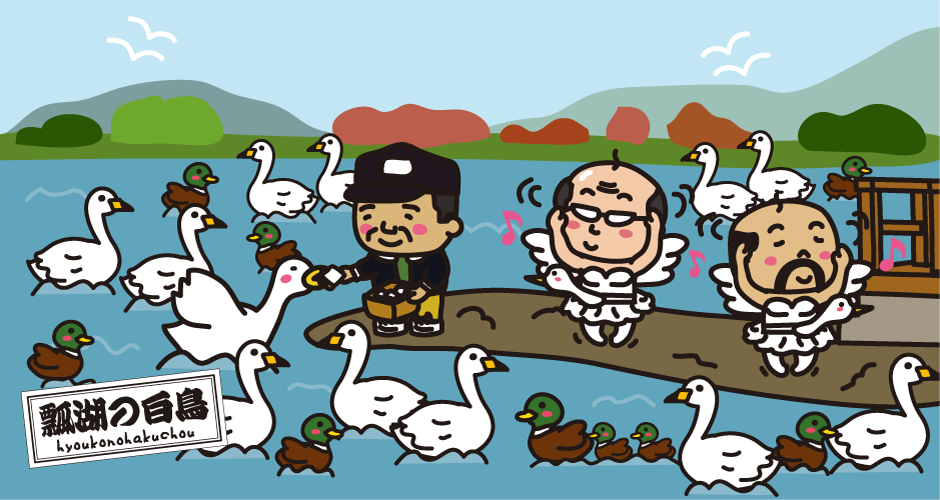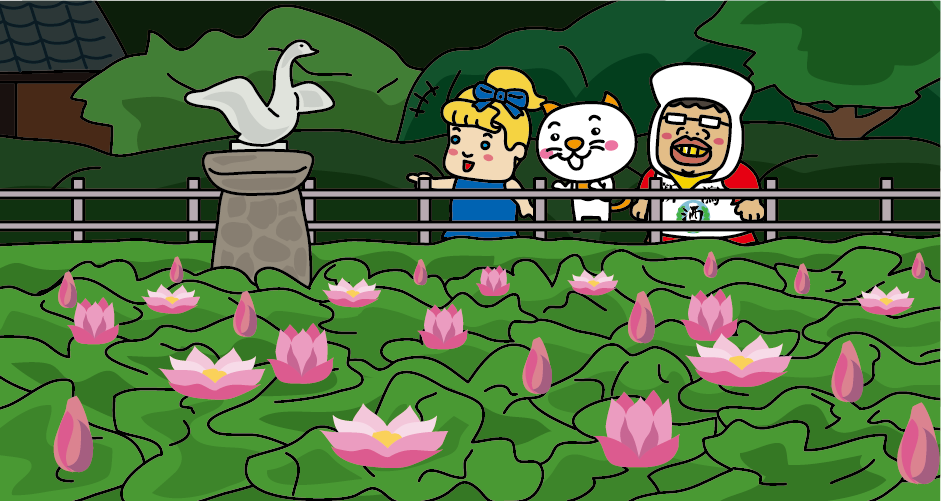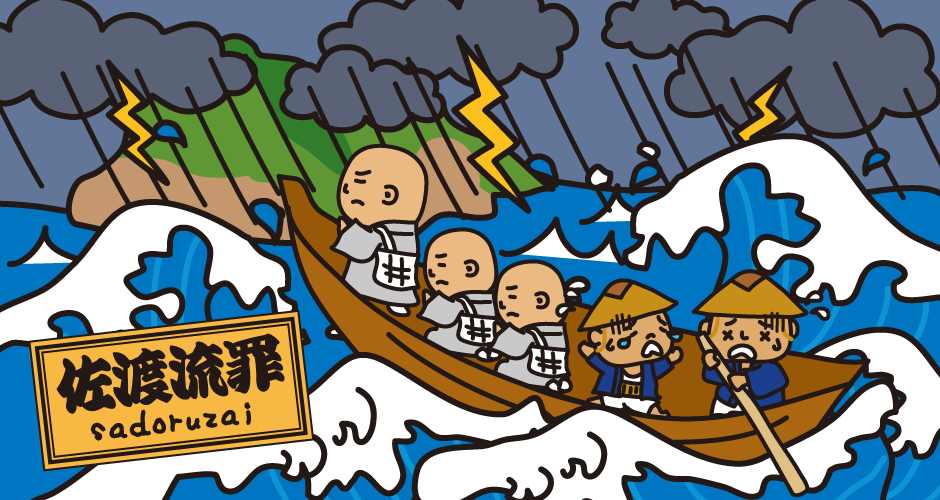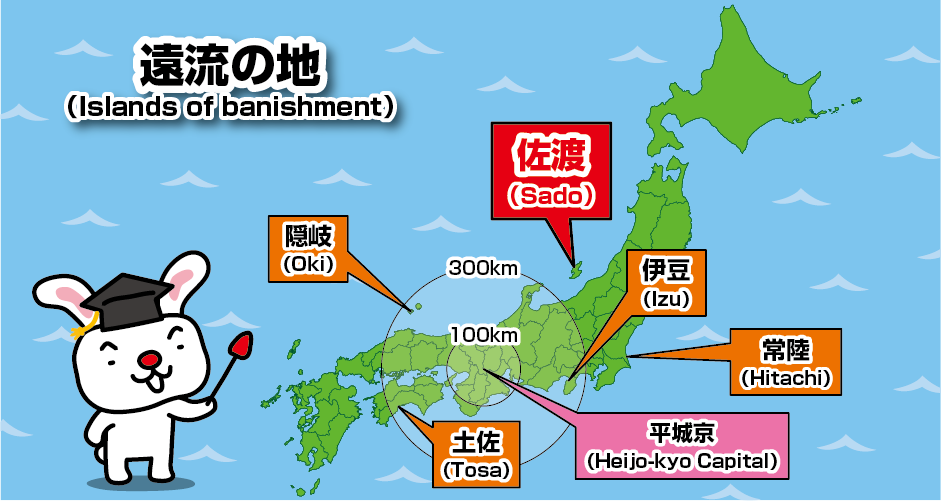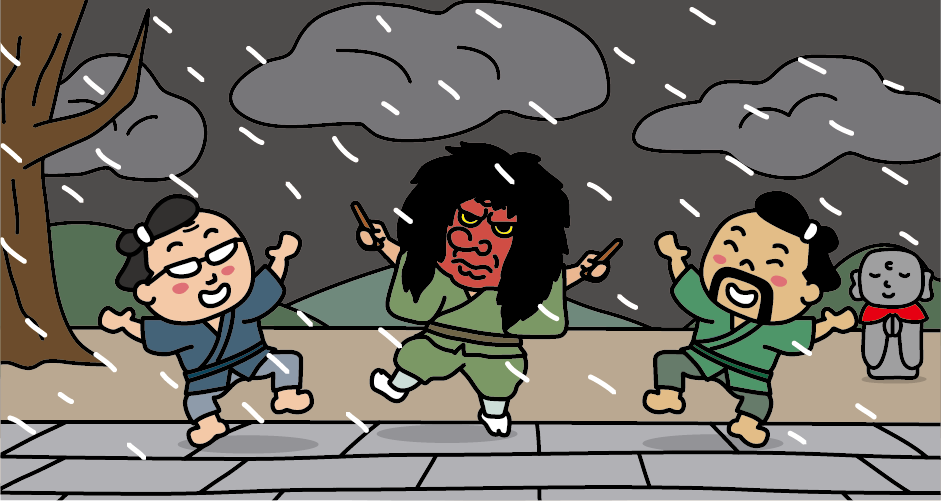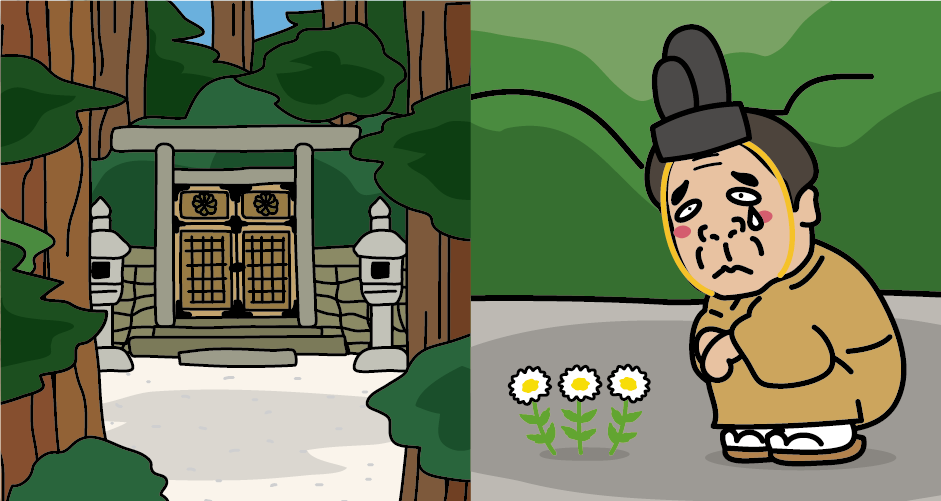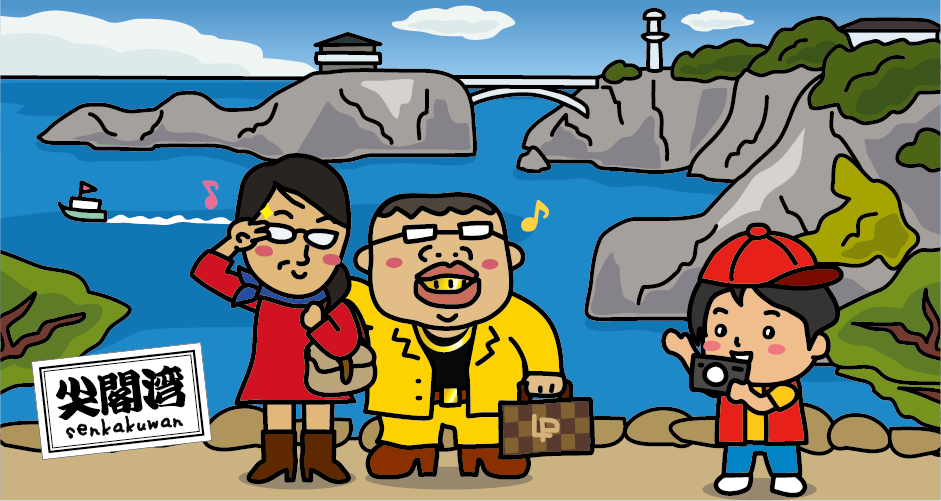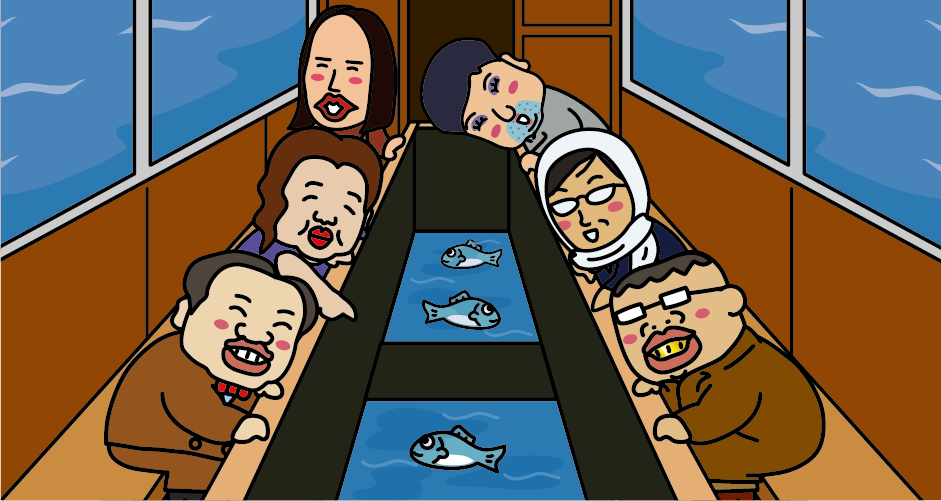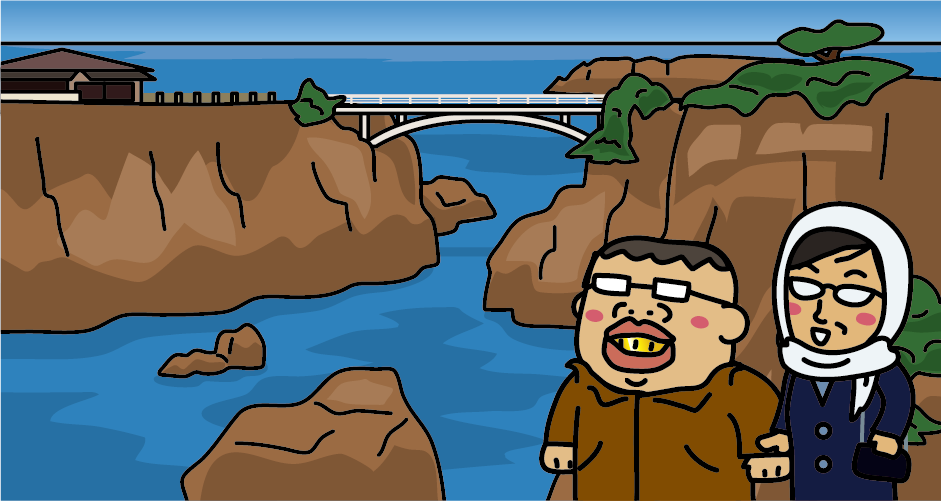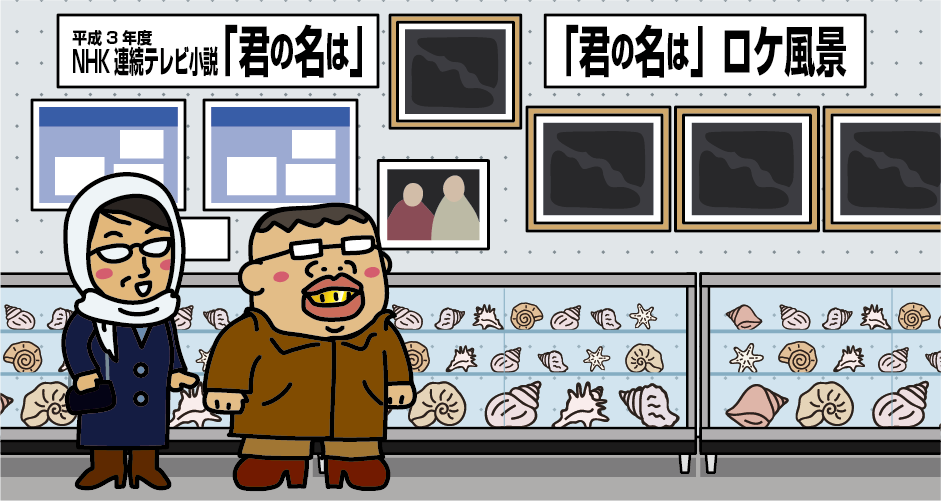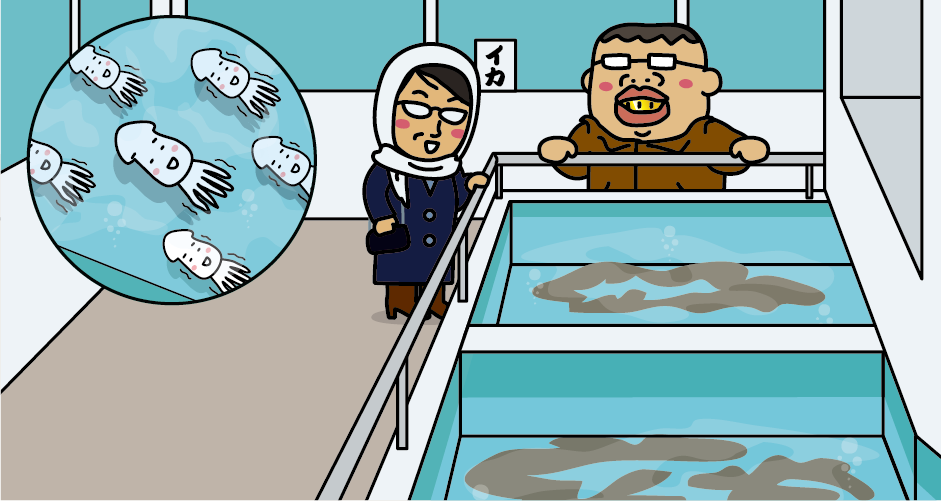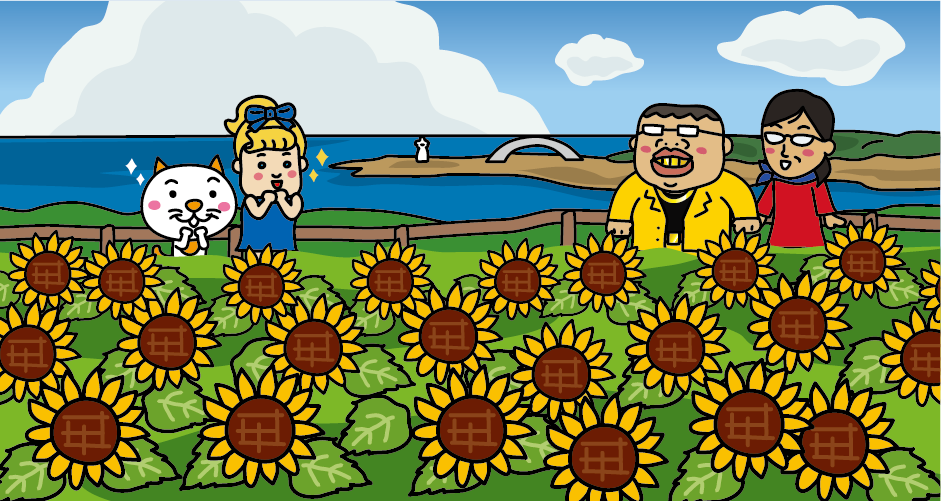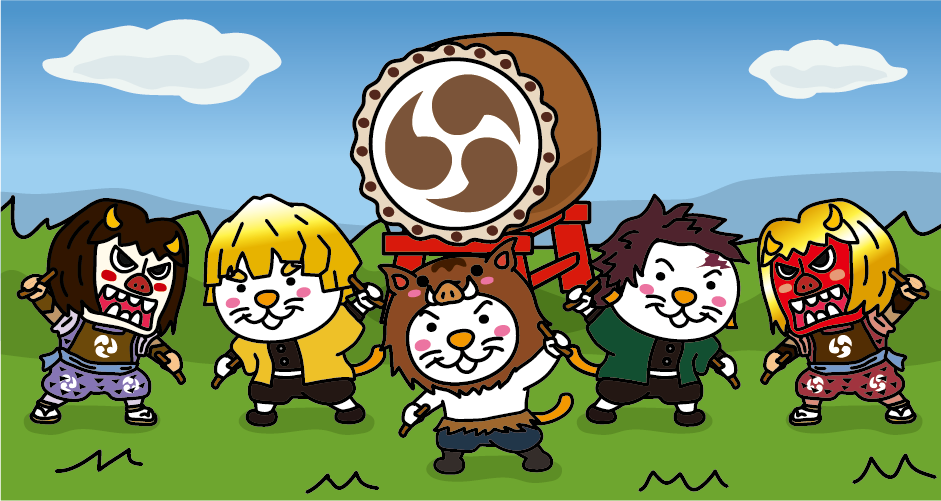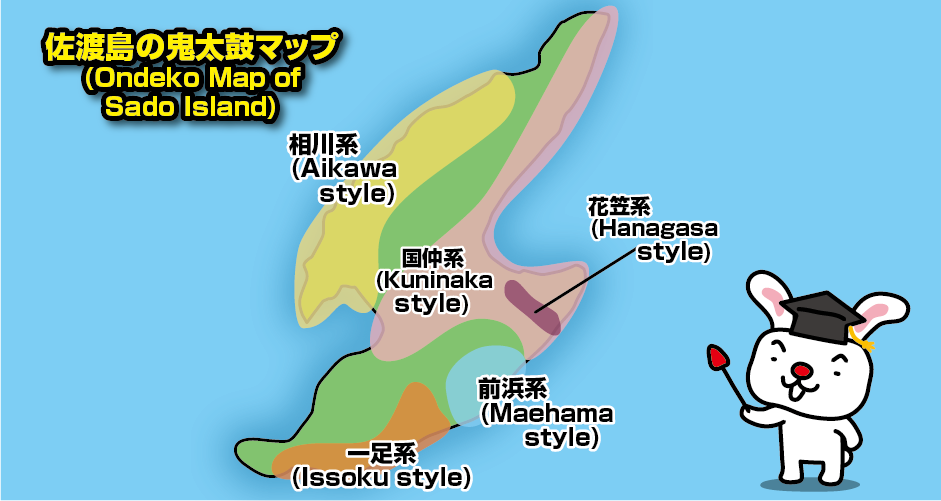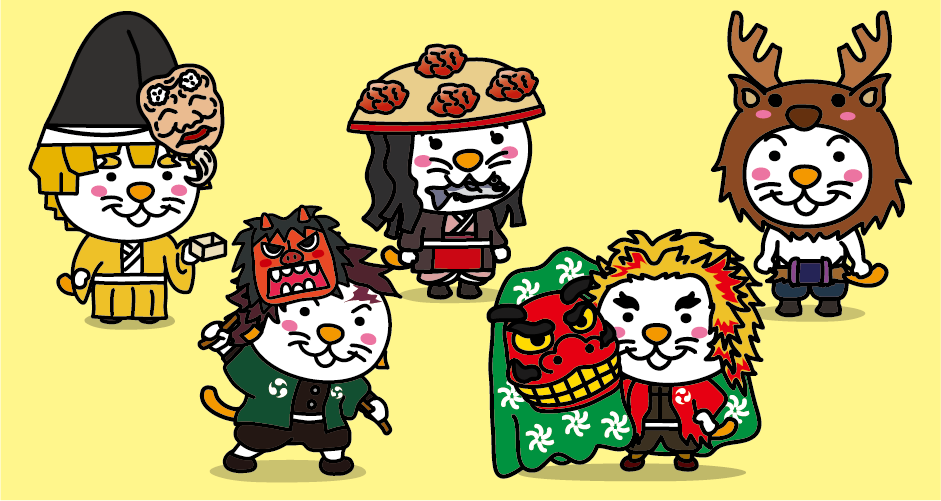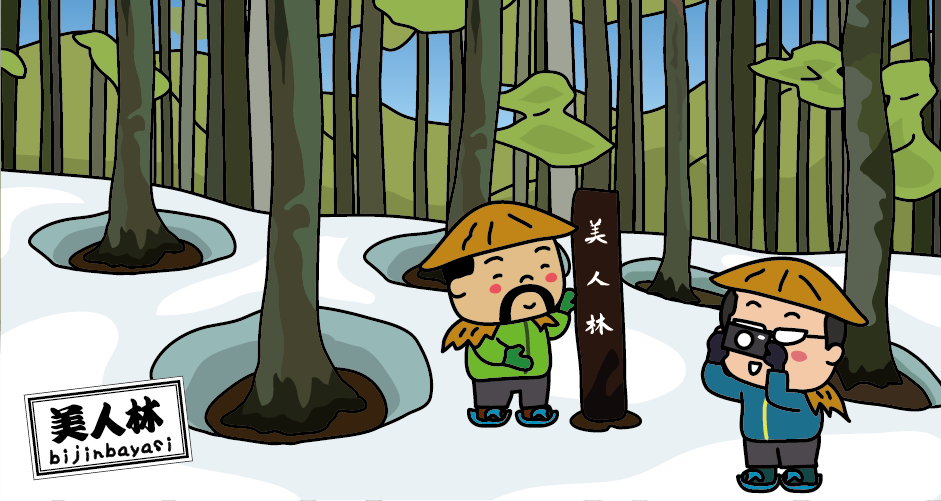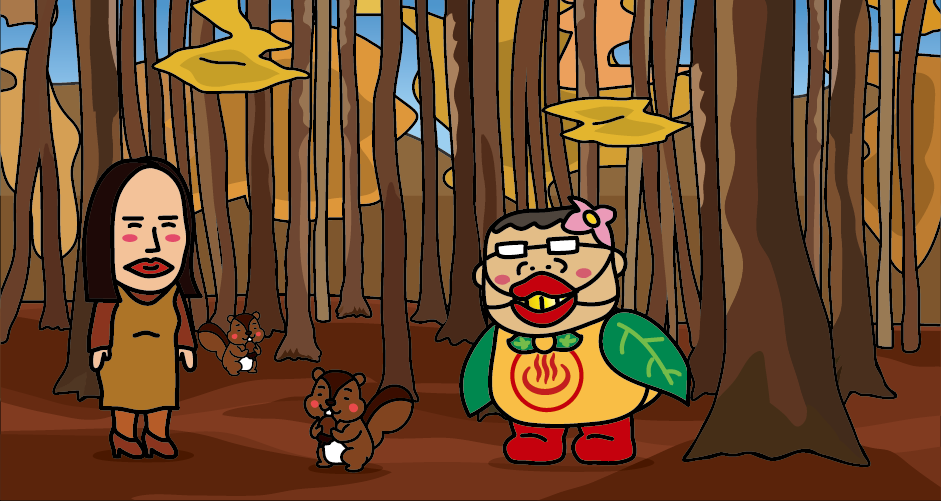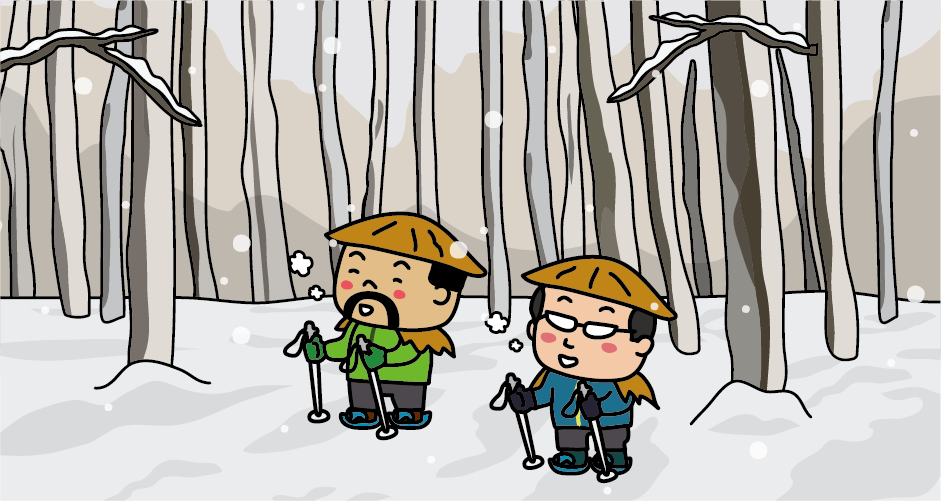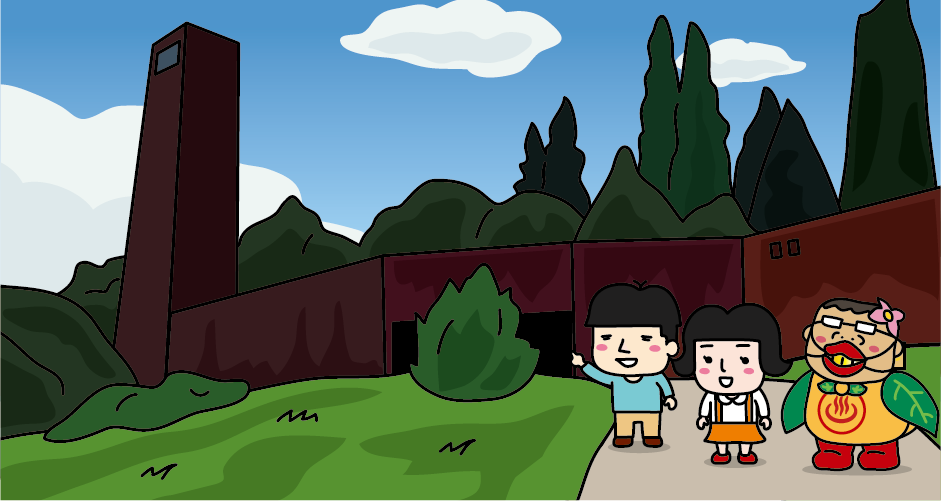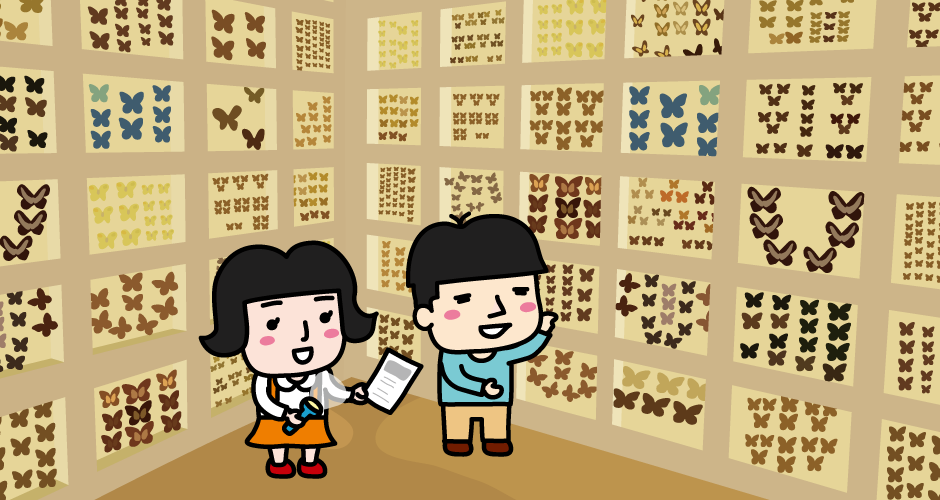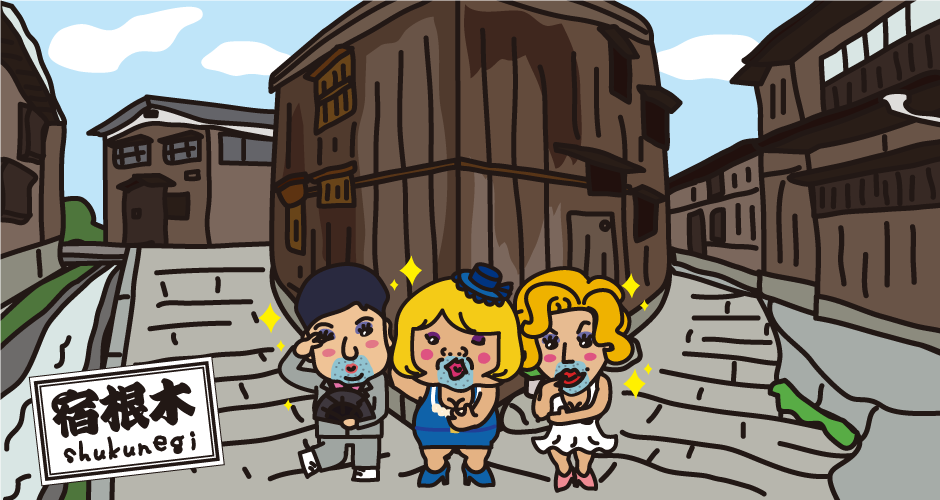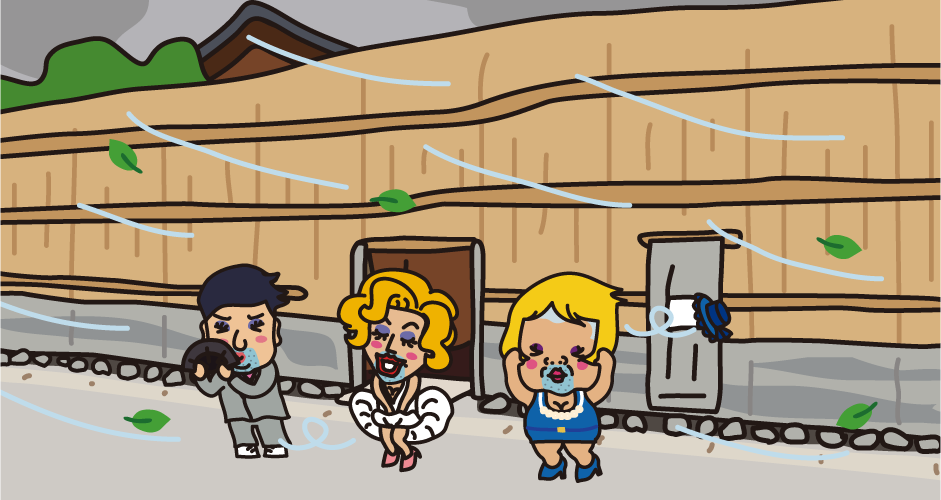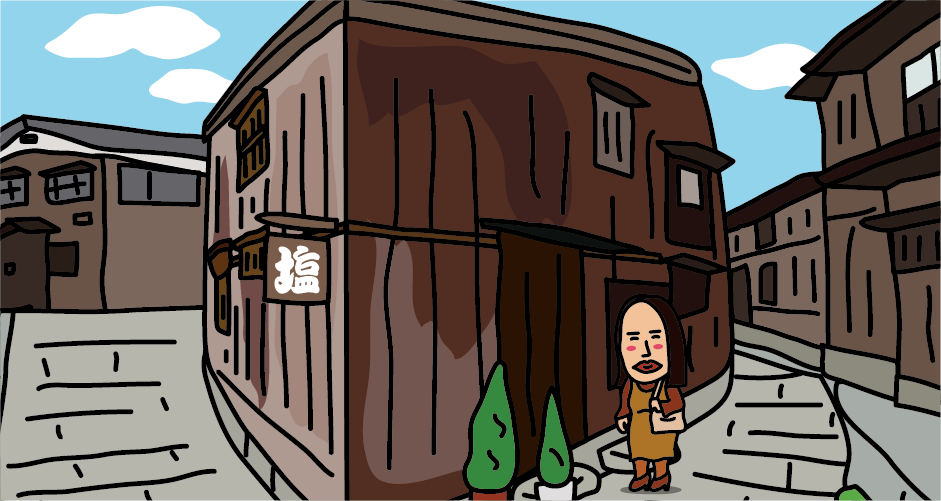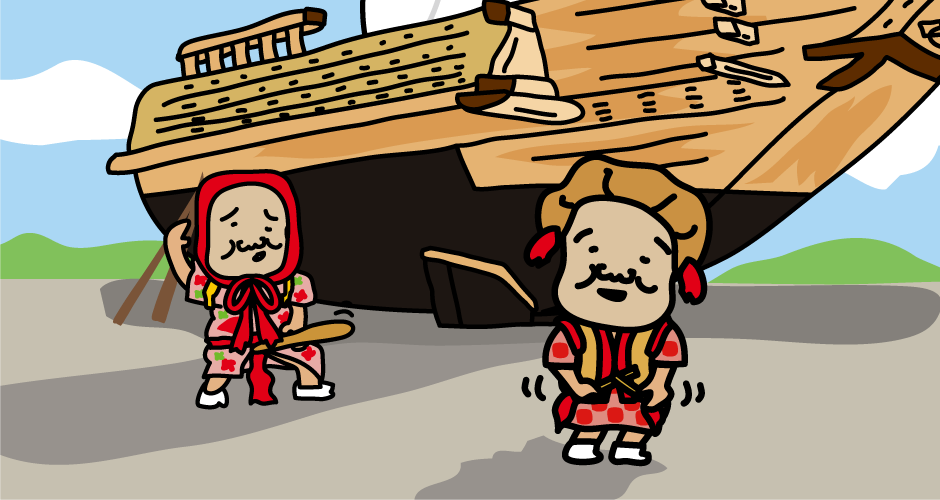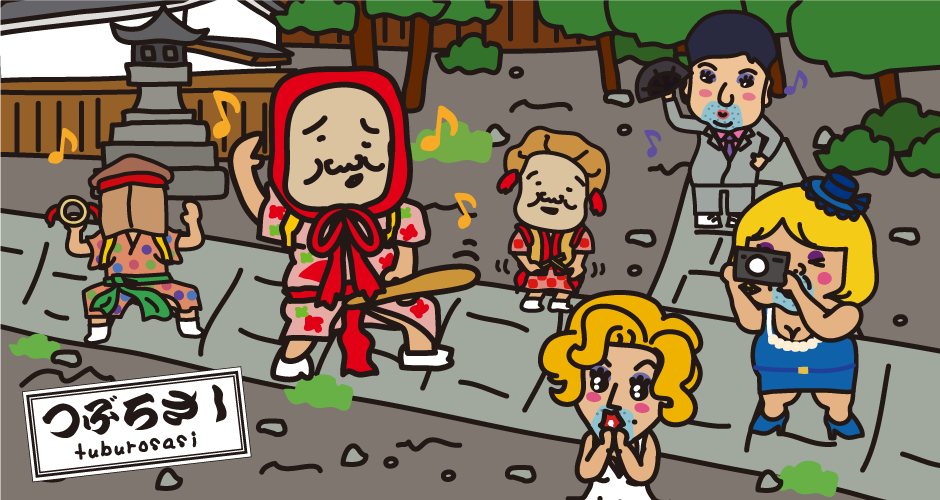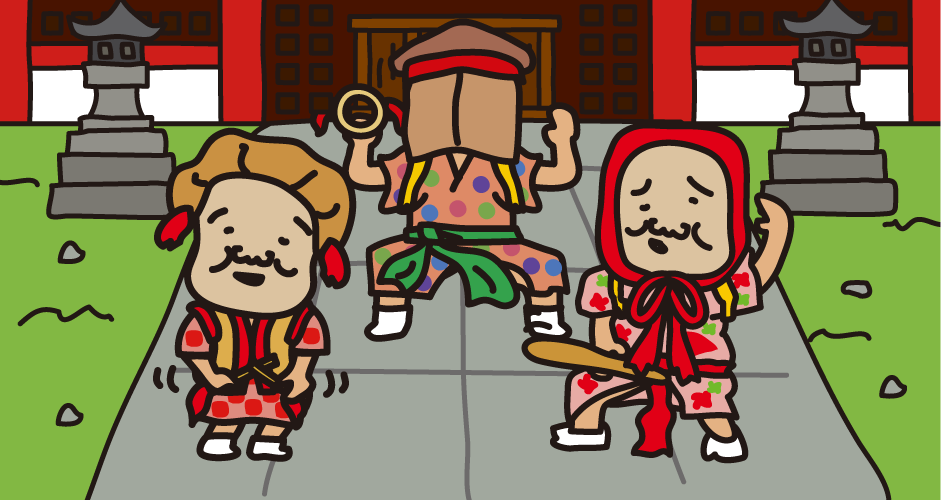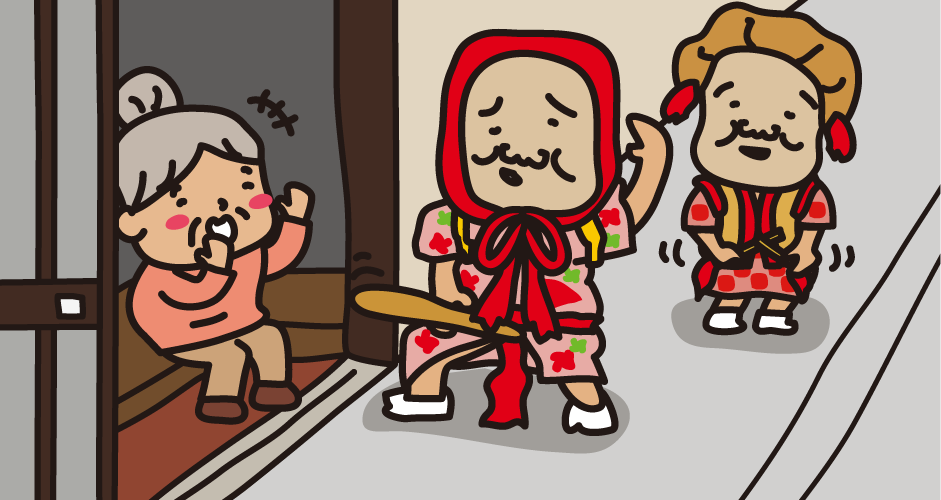Actually, there is no mine named Sado Gold Mine on Sado Island.
In Sado Island, Niigata Prefecture, there was a mine that was the largest in Japan and was worldly famous. This time, I’m introducing “Sado Gold Mine” which is known as “island of gold”.Japan used to be called “Japan, the country of gold”. The reason was there were numbers of mines of gold and silver all over Japan. Especially “Sado Gold Mine” was different in scale with 400kg of gold and 40t silver per year at its best. These gold and silver supported the finance of Tokugawa Edo government. Its history dates back a long time ago and after it started in Edo period, it continued mining until 1974 for 388 years. The total length of tunnel reaches 400km. Today, you can visit about 300m of them. Recently, the movement to the World Cultural Heritage registration is active.
Sado Gold Mine and nearby attractions
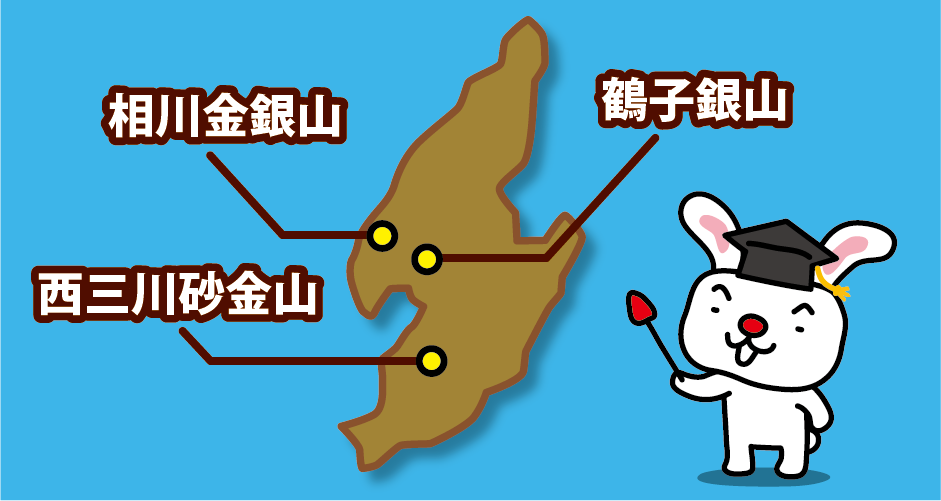 There are 55 mines (gold and silver mines) on Sado Island, as far as has been confirmed. Among them, the three mines that have been applied for registration as a World Heritage site “the gold mines of Sado Island” are Nishimikawa Placer Gold Mine, Aikawa Gold and Silver Mine, and Tsurushi Silver Mine. In fact, there is no mine named ” Sado Gold Mine” on Sado Island. The “Sado Gold Mine” is the name of a tourist facility (Historic Site: The Sado Gold Mine) that recreates the mining activities of the Edo period using the remains of the Aikawa Gold and Silver Mine tunnel. As it became widely recognized by tourists, the Aikawa Gold and Silver Mine came to be commonly known as the ” Sado Gold Mine”.
There are 55 mines (gold and silver mines) on Sado Island, as far as has been confirmed. Among them, the three mines that have been applied for registration as a World Heritage site “the gold mines of Sado Island” are Nishimikawa Placer Gold Mine, Aikawa Gold and Silver Mine, and Tsurushi Silver Mine. In fact, there is no mine named ” Sado Gold Mine” on Sado Island. The “Sado Gold Mine” is the name of a tourist facility (Historic Site: The Sado Gold Mine) that recreates the mining activities of the Edo period using the remains of the Aikawa Gold and Silver Mine tunnel. As it became widely recognized by tourists, the Aikawa Gold and Silver Mine came to be commonly known as the ” Sado Gold Mine”.
Historic Site: The Sado Gold Mine
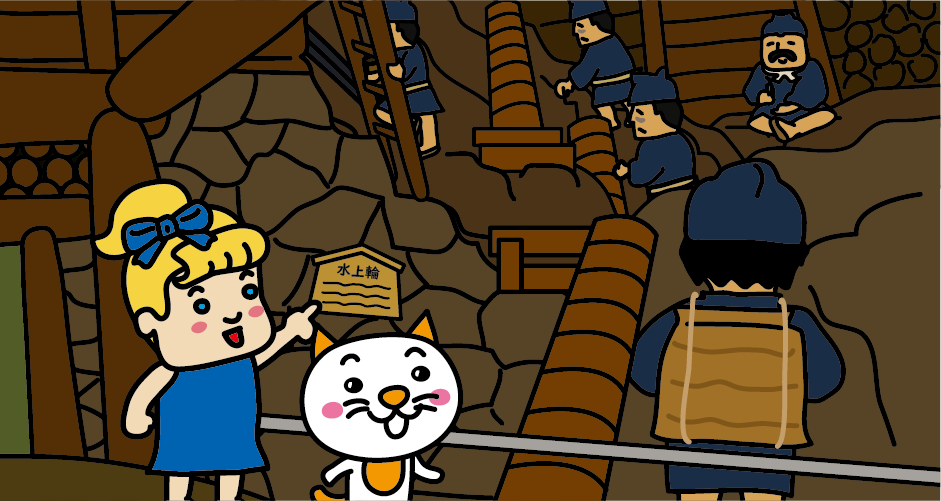
At “Historic Site: The Sado Gold Mine” visitors can see the remains of a tunnel (“Sodayu-ko”) that was dug by hand in the early Edo period (17th century) and the remains of a tunnel (“Doyu-ko”) that was excavated after the Meiji period (mid-19th century). At the hand-dug tunnel site from the Edo period (17th century), about 70 dolls are displayed, recreating the scene of mining.
Symbol of Sado Gold Mine Doyu no Warito
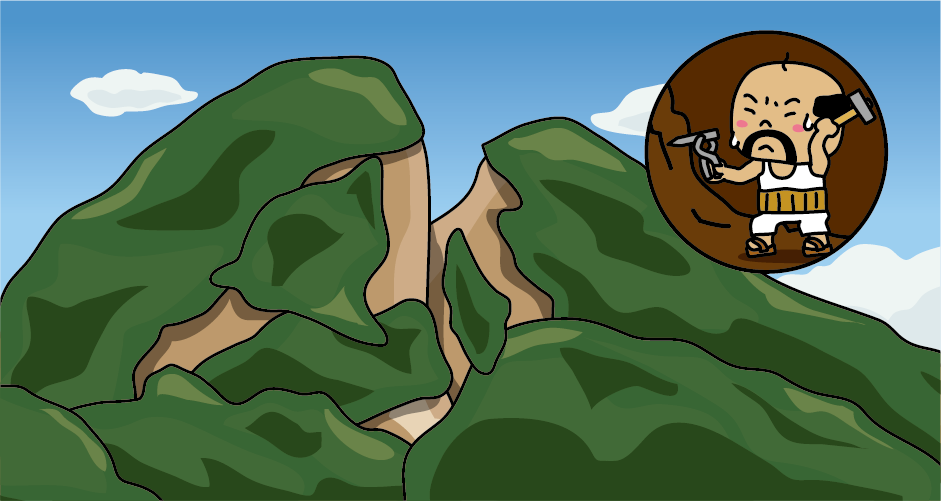
This is the Doyu no Warito, a famous symbol of the Sado Gold Mine. The V-shaped portion is the remains of the Roto-bori* that was manually dug in half using chisels and hammers during the Edo period. It is about 30 meters wide and 74 meters deep. The lower part of the Wari-to was dug by the Kodo-bori*, and was redeveloped on a large scale after the Meiji period with the introduction of Western technology. The Doyu no Warito can be viewed from up close as well as from a distance. *The Roto-bori is a mining method that digs out veins of ore from the surface of the earth. *The Kodo-bori is a mining method in which tunnels are dug to reach underground veins of ore.
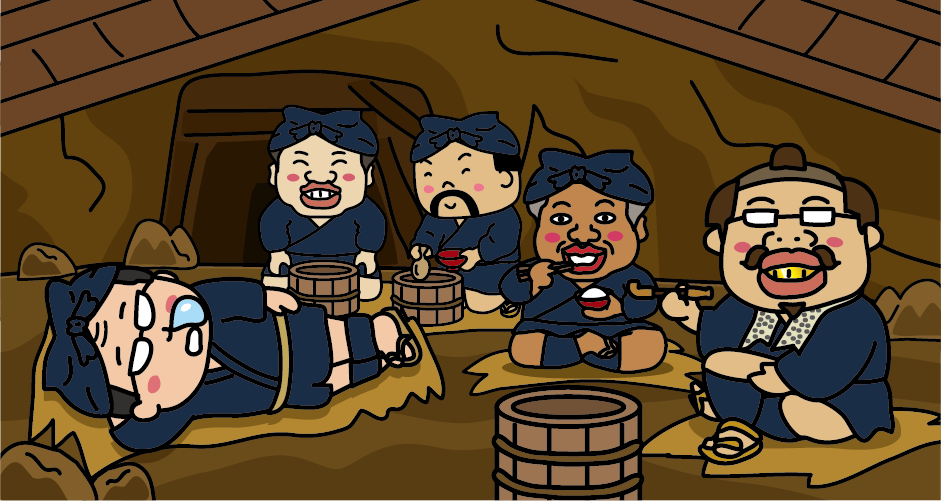
Workers in the Sado Gold Mine were divided into two groups: technicians and non-technicians, and the technicians were called “carpenters”. There were “Kanahori carpenters” who dug ores with chisels and hammers, “Yamadome carpenters” who set up pillars to prevent falling down, and “Horiko” who carried ores dug by Kanahori carpenters out of the tunnel, and “Mizukae Ninsoku” who drained the inside of the tunnel. The Kanahori carpenters were paid well as technicians, and they were given preferential treatment. They worked in four-hour shifts and had time to eat, rest, and even could lie down on mats (Mushiro).
Hard labor at the Sado Gold Mine, Mizukae Ninsoku.
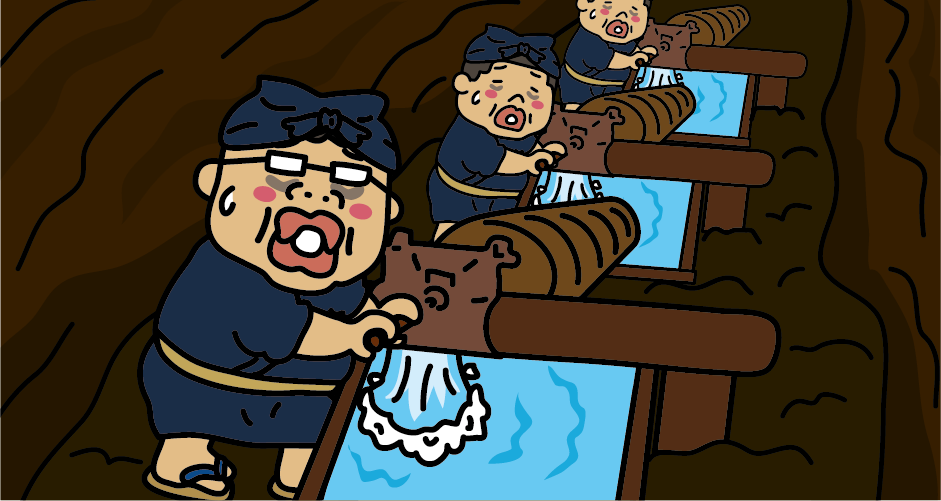
Since the Sado Gold Mine is excavated deeper than sea level, the deeper one digs, the more groundwater rises up, making mining impossible if drainage work is not carried out properly. As gold-digging is said to be a “battle against water,” it was important to drain water from the tunnels. A pump called a “Suishorin” was created for this purpose. When the handle is turned around and around, the spiral blades inside the long tube rotate to pump water. A number of Suishorin were connected to pump water up from deep in the tunnels and out. The people who did this work were called “Mizukae Ninsoku”. At first, Mizukae Ninsoku were recruited from all over Japan at high wages, but as more tunnels were excavated and more workers were needed, the labor shortage became serious, and people called “Mushuku-nin” from Edo, Osaka, and Nagasaki were sent to Sado Island to do the drainage work. The work of the Mizukae Ninsoku was hard work, requiring shifts of one day and one night. From 1778, when the first “Mushuku-nin” were brought to Sado Gold Mine, until 1861, around the end of the Edo period, 1876 people, Mushuku-nin, were forced to work at Sado Gold Mine.
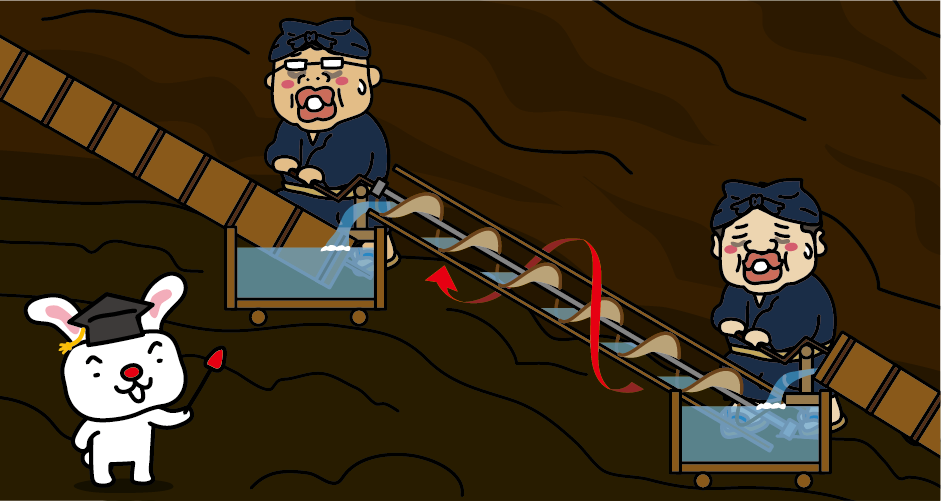
The Mushuku-nin are those who became homeless due to economic hardship in the Edo period, and their names were removed from the family register, mainly poor farmers who could no longer pay tribute. They were not criminals, but in the mid-Edo period (18th century), when political unrest such as famine caused a large influx of homeless people to the Edo area, they were captured by the Edo shogunate as part of its security measures and forced to work at the Sado Gold Mine (Aikawa Gold and Silver Mine). They were allowed to return home after 10 years of work as “Mizukae Ninsoku”, but it is said that only about 10% of those who worked for 10 years were able to leave Sado Island alive.
Shinto ritual performance “Yawaragi”

It’s a Shinto ritual performing art in Sado Gold Mine called “Yawaragi”. “Yawaragi” took place when large gold mine was found wishing to “soften the heart of the God of the mountain so that the bedrock become softer”. Since gold mine looks like centipede, there is centipede drawn on the costume of Shinto priest. Also, since showing face to the God is disrespectful, he is blindfolded. Currently, you can actually see in Mine Festival in July every year.
The site of “Kitazawa Flotation Plant”
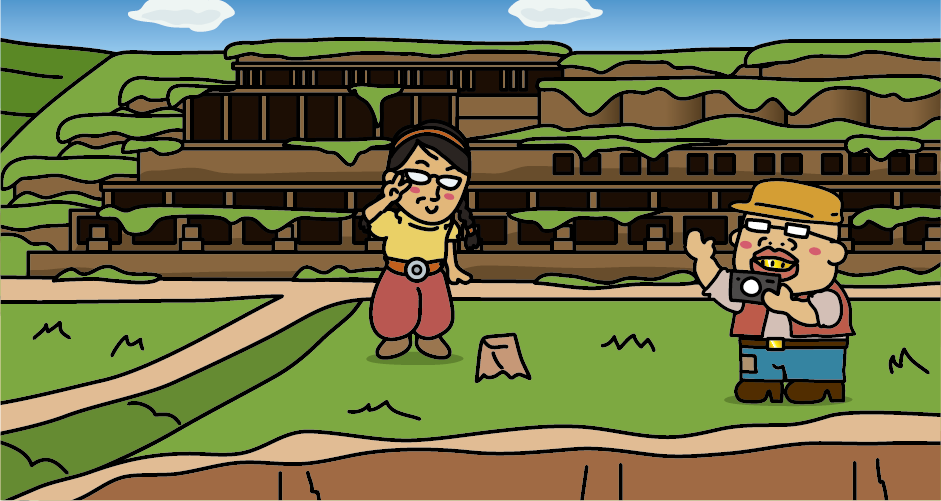
The site of “Kitazawa Flotation Plant” is situated in the area called Kitazawa area facilities in Sado Gold Mine where buildings contributed to modernization of Sado Gold Mine from Meiji to early Showa period are standing. It’s very popular recently from visitors with its world view like “Castle in the Sky”. It was the first in the world to put floating method in practical use and processed 50,000 t of mineral every month being called “the best in Asia”. It will be lighten up in summer nights so you can enjoy mystical atmosphere. In 2015, it was selected as a cultural landscape of the mines and mining town of Sado Aikawa.

From “Kitazawa Flotation Plant”, on the other side of the small river, there stands a huge “thickener” looking like ancient Rome ruins. It was a facility to separate mineral and water from slime with low gold/silver content rate. Though currently there is only this one, there existed various thickeners of various sizes. In 2015, it was selected as a cultural landscape of the mines and mining town of Sado Aikawa.
Odate Tateko Shaft, a symbol of the modernization of Sado Gold Mine

This is the oldest shaft in Japan digging tunnel vertically using European technology. It’s called “Odate Tateko”. This shaft is said to be the “symbol of modernization of Sado Gold Mine” and worked from Meiji to Heisei period. The cross-section is rectangular form of about 5.7m×3.3m and the final depth reaches to 352m which is more than Tokyo tower (333m).
The bell tower that told the time in Aikawa, the town of the Sado Gold Mine

In early Edo period, the time was announced with drums in Sado magistrate’s office but in mid-Edo period, Sado magistrate ordered to make time bell with coppers mined in Sado and this bell played the role of clock up to Meiji period. Time bell customs disappeared in Taisho period but in early 2000, with the restoration of the bell tower, the time bell revived. In 2015, it was selected as a cultural landscape of the mines and mining town of Sado Aikawa.
Sado magistrate’s office

Sado Gold Mine was found just after the start of Edo period and the Sado Island was controlled directly by Edo government and they placed magistrate’s office in Aikawa in Sado Silver Mountain. In Sado magistrate’s office, there was not only administrative office but also factory to refine gold/silver and the residence of magistrate. Sado magistrate’s office experienced 5 fires and reconstructions in Edo period. It was used as administrative institution and school since Meiji but it was burned down completely by the fire after the war. Later, with ruins investigation, it was reconstructed based on the drawing of Sado magistrate’s office in early 2000s.
Aikawa Local Museum (Former Imperial Household Agency, Former Imperial Household Ministry, the Bureau of Imperial Property Sado branch)
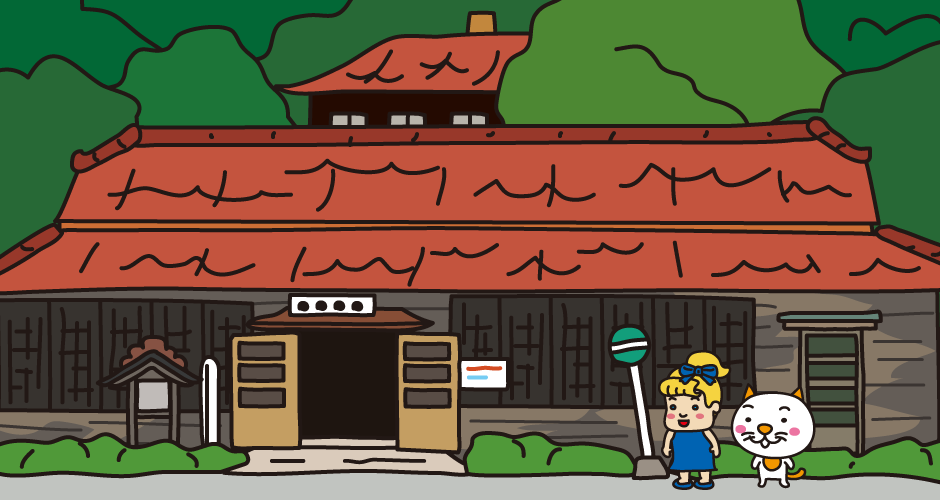
Since Meiji period, Sado Gold Mine became the possession of the imperial family so ex Imperial Household Ministry put mine office as the Bureau of Imperial Property Sado branch. There is a roof tile with the Imperial chrysanthemum crest. Currently, it’s uses as “Aikawa local museum” exhibiting various materials related to Sado oval and Sado Gold Mine.
Oma Port
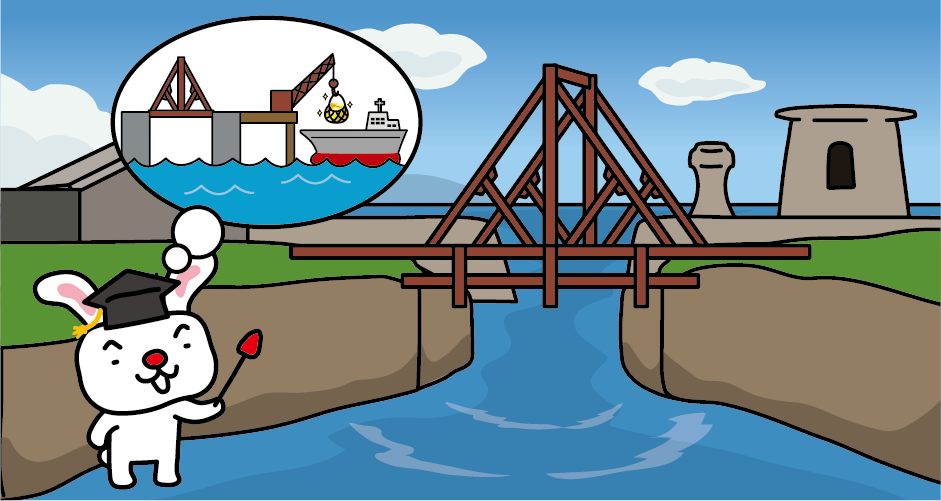
Oma port was constructed during Meiji period in order to bring materials used in Sado Gold Mine and to take out minerals. There was no cement technology and we can still see the stone seawall more than 120 years old. Sunset from Oma port is very beautiful. In 2015, it was selected as a cultural landscape of the mines and mining town of Sado Aikawa.
What is the reason why did it take so long for the Sado Gold Mine to be registered as a World Heritage Site?
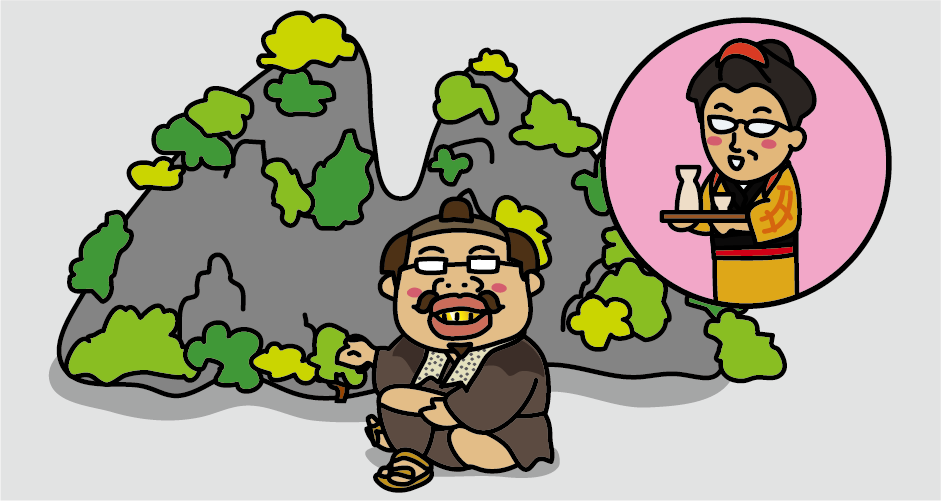
There was a discussion in the Niigata Prefectural Assembly regarding the reasons why Sado Gold Mine has not been easily registered as a World Heritage site (The reasons why Sado Gold Mine was not easily registered). The argument was that the moving doll in the tunnel of the Sado Gold Mine (Aikawa Gold and Silver Mine), with the line “I wish I could see my familiar woman, too,” was considered degrading and therefore could not be registered as a World Heritage site. After all, the moving doll was never removed because it was an expression of the harsh labor conditions of the mineworkers and their feelings, but it seems to be true that some islanders on Sado Island were talking about the moving doll on the level of urban legend, saying that it was cursed or haunted.
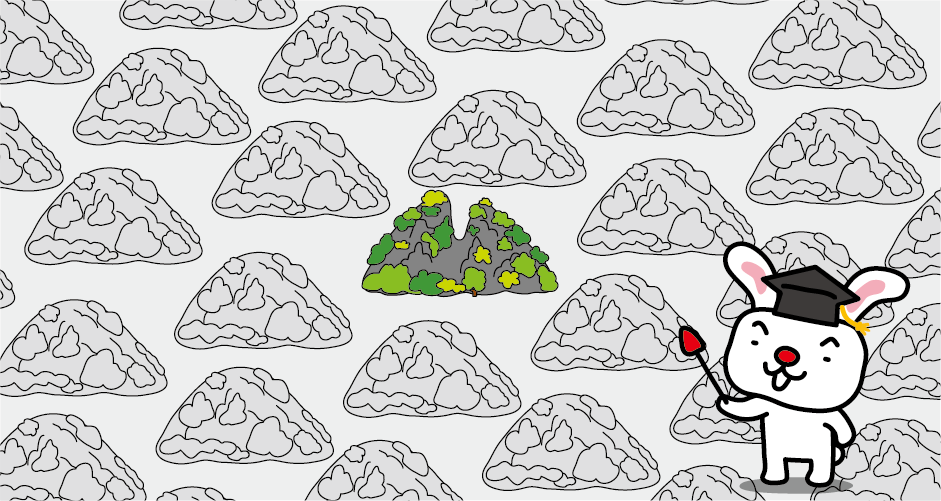
Incidentally, there is a rule in the World Heritage registration process that “a follow-up registration of a project similar to a previously registered property in the same country is not allowed”. In Japan, Iwami Silver Mine in Shimane Prefecture is registered as a World Heritage site, so in 2011, Sado Gold Mine was registered on the “Tentative List of World Heritage Candidate Sites,” but the Japanese government was very cautious in recommending Sado Gold Mine. The reason for this was that in the World Heritage registration process, the “Outstanding Universal Value” (i.e., uniqueness) of the Sado Gold Mine had to be proven through comparative verification with overseas mining heritage sites. Sado City and Niigata Prefecture spent more than 10 years continuously examining the “Outstanding Universal Value” components of the Sado Gold Mine. From the 16th to the 19th century, when mechanization was progressing among the world’s mines, the Sado Gold Mine continued to produce gold through a traditional handicraft production system (a series of processes from mining to ore dressing, smelting and refining, and production of koban), which is rare in the world. Therefore, in 2021, Sado City and Niigata Prefecture submitted a “Draft World Heritage Nomination Document” to the Agency for Cultural Affairs.
Was there forced labor at the Sado Gold Mine?
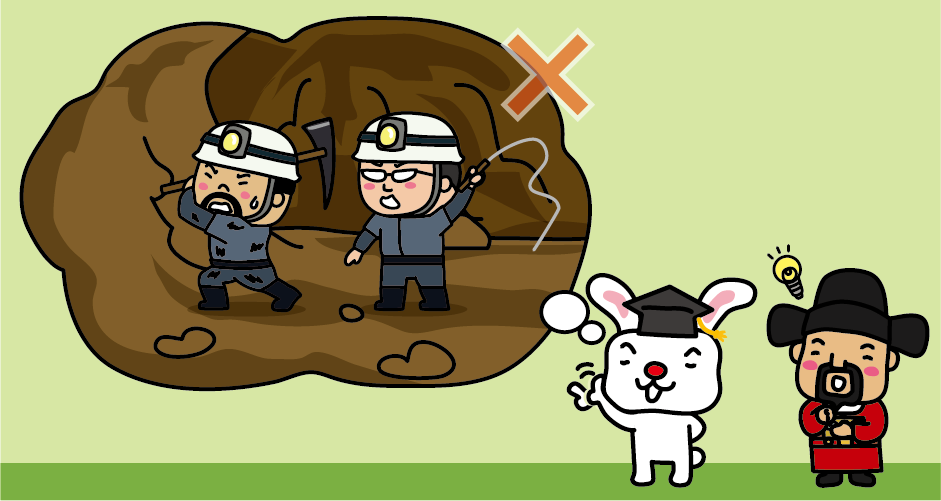
When the Japanese government suggested Sado Gold Mine as a candidate site for World Heritage, the South Korean government opposed the recommendation, saying that there was forced labor of Koreans at Sado Gold Mine during the war. However, the Japanese government countered as follows. – The time period for which Sado Gold Mine is seeking World Heritage registration is the Edo period from the late 16th century to the mid-19th century, not the 20th century when Japan annexed the Korean Peninsula (1910-1945). – No persons from the Korean Peninsula were forced to work (Kyosei-Rodo)* at the Sado Gold Mine during the war (1939-1945). According to “Sado Mine History” (published in 1950), a compilation of documents and records of the Sado Gold Mine (Aikawa Gold and Silver Mine), during the war, workers at the Sado Gold Mine (Aikawa Gold and Silver Mine) were secured through “recruitment” and both people from the Korean peninsula and domestic workers were paid the same wage according to their occupational category. Dekasegi* workers were provided with company housing or dormitories for free, and some people from the Korean Peninsula moved to Sado Island with their families. There were also specialized teachers for children (school children) from the Korean Peninsula. A medical clinic was also set up and life insurance was provided at the full cost of the company (Mitsubishi Mining) in case of emergencies. The contract was for two or three years. Some extended their contracts, and some returned to the Korean Peninsula when their contracts ended. However, for about 7 or 8 months near the end of the war, the Sado Gold Mine (Aikawa Gold and Silver Mine) was designated as a controlled factory by the Ministry of Munitions, so there is a history of both domestic workers and people from the Korean Peninsula being drafted as well. The Japanese government has stated that those who were mobilized for wartime labor in the form of requisition*, etc., do not fall under the category of “forced labor” as defined in the “Forced Labor Convention,” which was ratified in 1932. The International Labor Organization (ILO) excludes wartime requisition from “forced labor”. Incidentally, in his book “The Annexation of Korea” (published in 2004), Choe Ki-ho, a visiting professor at Kaya University, who had applied for conscription at a Japanese company (Mitsubishi Mining) during the war, revealed that conscription, which provided housing and high compensation, was very popular among people from the Korean Peninsula, and 7,000 people flooded in to fill the 1,000 positions for miners. When South Korea became a member of the World Heritage Committee in 2024 (for a term of 4 years), it was initially difficult for the Sado Gold Mmine to be listed as a World Heritage site. However, to reflect the position of the South Korean government, the Japanese government agreed with the South Korean government that the history of mine work by people from the Korean Peninsula would be displayed at the local facilities, although the expression “Kyosei-Rodo (forced labor) ” would not be used. Accordingly, in July 2024, the World Heritage Committee decided to inscribe the Sado Gold Mine on the World Heritage List as one of the constituent assets of “the Gold Mine of Sado Island.”
*Kyosei-Rodo means that people are brought to work regardless of their own will.
*Dekasegi means that people living in low-income areas or areas with few jobs temporarily live and work in areas with higher incomes and more jobs.
*Requisition is when a nation mobilizes its citizens to do certain jobs during times of emergency, such as war. Incidentally, “requisition as a soldier” is not called “requisition” but “conscription.”
Access to Sado Gold Mine
From Tokyo
It takes about 2 hours from JR Tokyo Station to JR Niigata Station by Joetsu Shinkansen. It takes about 15 minutes by local bus from JR Niigata Station to Niigata Port.
From Osaka
It takes about 1 hour from Itami Airport to Niigata Airport. It takes about 25 minutes by shuttle bus from Niigata Airport to Sado Kisen Niigata Port Terminal.
From Sado Kisen Niigata Port Terminal to Sado Kisen Ryotsu Port Terminal, it takes about 1 hour by jetfoil and about 2 hours and 30 minutes by car ferry.
I It takes about 1 hour by car from Ryotsu Port to Sado Gold Mine. Alternatively, it takes about 1 hour 15 minutes from Ryotsu Port Sado Kisen Bus Stop to Sado Kinzan-mae Bus Stop by route bus (main line). Alternatively, from the Ryotsu Port Sado Kisen bus stop to Kirarium Sado bus stop, it takes about one hour by route bus (main line). At Kirarium Sado Bus Stop, transfer to the Aikawa Loop Line (bound for KInzan) and it takes about 15 minutes from Kirarium Sado Bus Stop to Sado Kinzan-mae Bus Stop.
 In Murakami, there is a culture of hanging salmon under the eaves to make “Shiobiki Sake (salted salmon)” in winter, and it is also a traditional symbol of winter.
In Murakami, there is a culture of hanging salmon under the eaves to make “Shiobiki Sake (salted salmon)” in winter, and it is also a traditional symbol of winter. 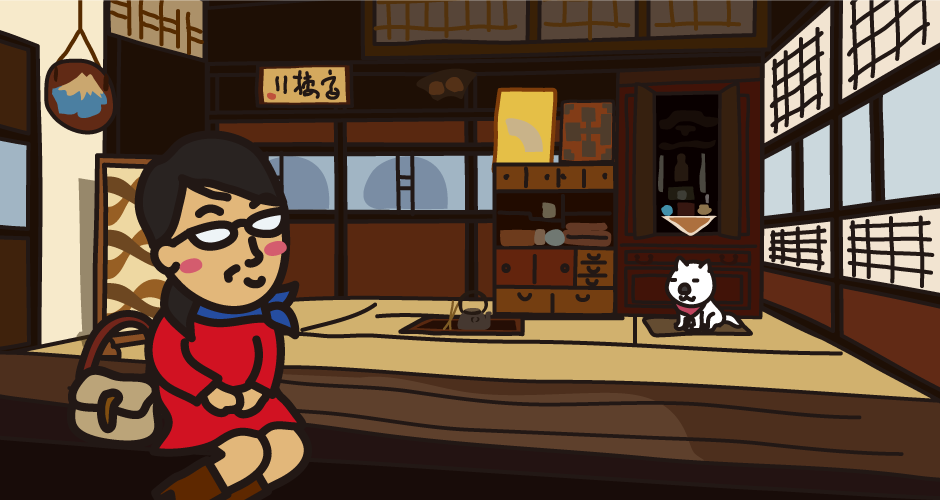 There are more than dozens of shops that open the residential area of town house in public. When you get into the residential area, a scene that take you back in time of Edo or Meiji era will leap out at your eyes. The long and narrow earth floor continues in the back of the store. This is because the amount of tax was decided according to the size of the frontage, people built long and narrow house that is called as “Unagi no nedoko (Eel’s bed)”. Along the long and narrow earth floor, rooms are divided as a living room, sitting room, bedroom, kitchen etc.
There are more than dozens of shops that open the residential area of town house in public. When you get into the residential area, a scene that take you back in time of Edo or Meiji era will leap out at your eyes. The long and narrow earth floor continues in the back of the store. This is because the amount of tax was decided according to the size of the frontage, people built long and narrow house that is called as “Unagi no nedoko (Eel’s bed)”. Along the long and narrow earth floor, rooms are divided as a living room, sitting room, bedroom, kitchen etc. 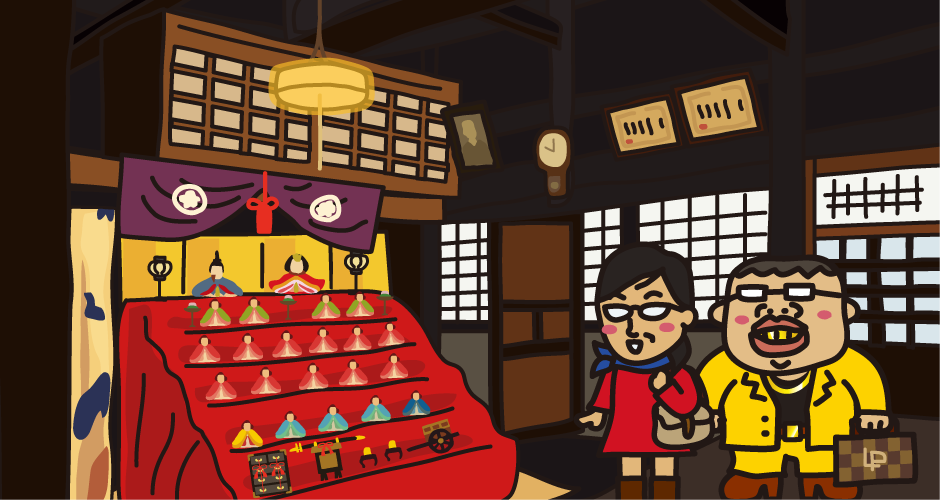 “Doll tour in Machiya in the castle town, Murakami” will be held from March 1st to April 3rd every year. In this event, various dolls that focuses of Hina dolls handed down to the houses of Murakami will be displayed in the living space of town houses. Hina doll is a doll in traditional Japanese costume. This is a special doll displayed at the Doll’s festival held in March 3rd (or April 3rd) every year.
“Doll tour in Machiya in the castle town, Murakami” will be held from March 1st to April 3rd every year. In this event, various dolls that focuses of Hina dolls handed down to the houses of Murakami will be displayed in the living space of town houses. Hina doll is a doll in traditional Japanese costume. This is a special doll displayed at the Doll’s festival held in March 3rd (or April 3rd) every year.  “Izutuya” is a hatago (house offers a place to rest, meals and other food to the travelers) that a haiku poet of Edo era, Basho Matsuo and his pupil, Sora stayed when they stopped by Murakami during the journey of “Oku no Hosomichi”. This is also designated as a registered tangible cultural properties of the country.
“Izutuya” is a hatago (house offers a place to rest, meals and other food to the travelers) that a haiku poet of Edo era, Basho Matsuo and his pupil, Sora stayed when they stopped by Murakami during the journey of “Oku no Hosomichi”. This is also designated as a registered tangible cultural properties of the country. 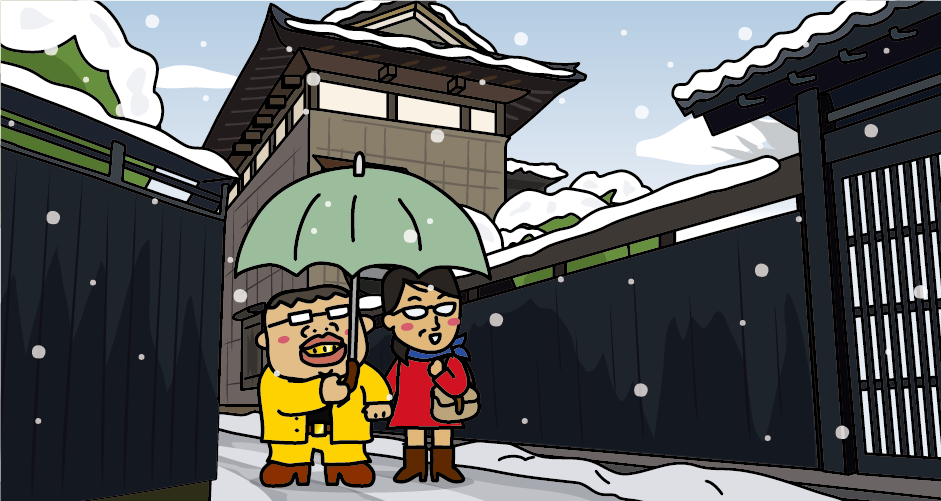 Kurobeidori (Black fence street) is a small street where Basho Matuso walked to visit Jonenji. Jonenji is designated as the important cultural properties of the country as a temple with the wall covered in white mud wall. There are historic temples, old houses, japanese-style restaurants etc. are located along the street, and Kurobeidori is a popular walking course together with visiting town houses.
Kurobeidori (Black fence street) is a small street where Basho Matuso walked to visit Jonenji. Jonenji is designated as the important cultural properties of the country as a temple with the wall covered in white mud wall. There are historic temples, old houses, japanese-style restaurants etc. are located along the street, and Kurobeidori is a popular walking course together with visiting town houses. 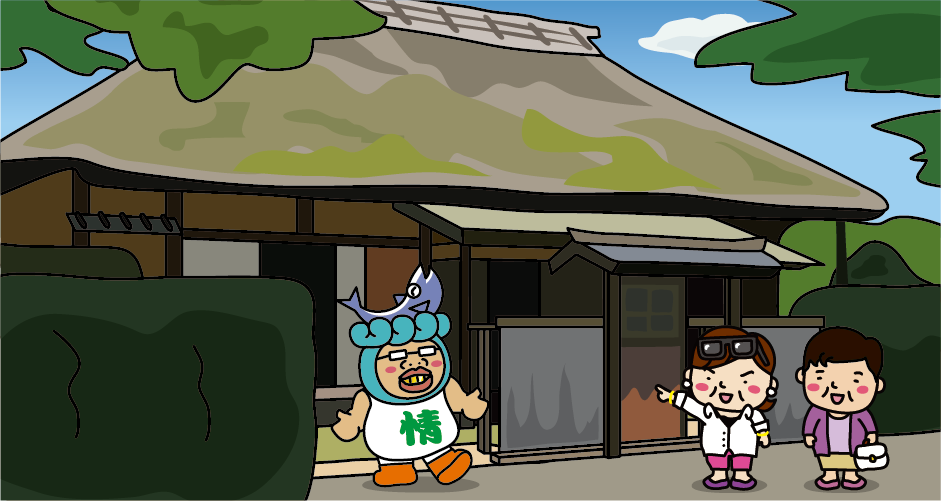 In the castle town Murakami, currently there are about 10 samurai residence of the Edo period. The ancestor of parent’s family of the empress Masako, Owada family was a samurai of the domain of Murakami. “Maizuru Park” was built to commemorate the marriage of His Imperial Highness and Her Imperial Highness Masako at that time. In the park, the samurai residences of former Iwama, Takaoka, Fujii family built in the Edo era have been relocated and restored. The inner part of the building is open in public and during Hina festival, Hina dolls are displayed luxuriously. By the way, the former Takaoka family is the related house of the empress Masako.
In the castle town Murakami, currently there are about 10 samurai residence of the Edo period. The ancestor of parent’s family of the empress Masako, Owada family was a samurai of the domain of Murakami. “Maizuru Park” was built to commemorate the marriage of His Imperial Highness and Her Imperial Highness Masako at that time. In the park, the samurai residences of former Iwama, Takaoka, Fujii family built in the Edo era have been relocated and restored. The inner part of the building is open in public and during Hina festival, Hina dolls are displayed luxuriously. By the way, the former Takaoka family is the related house of the empress Masako.  At the beginning of the Edo period, the feudal lords of Murakami celebrated the relocation of shrine in the middle of Mt. Gagyu to current Haguro Town because it was too shame to overlook the shrine from the castle. This is the beginning of “Murakami Taisai (The great festival of Murakami)”. At Murakami Taisai, the scene of dashi (a festival car) called “Oshagiri” walking around the city is fantastic and it is a popular festival that attract tourist from both inside and outside of the prefecture every year. Murakami Taisai holds on July 6th and 7th every year. At Murakami City Local Museum (commonly known as Oshagiri Hall), three “Oshagiri” are displayed at all times. Also, at the next to Oshagiri Hall, the important cultural properties of the country, the samurai residence of the Wakabayashi family is opened in public.
At the beginning of the Edo period, the feudal lords of Murakami celebrated the relocation of shrine in the middle of Mt. Gagyu to current Haguro Town because it was too shame to overlook the shrine from the castle. This is the beginning of “Murakami Taisai (The great festival of Murakami)”. At Murakami Taisai, the scene of dashi (a festival car) called “Oshagiri” walking around the city is fantastic and it is a popular festival that attract tourist from both inside and outside of the prefecture every year. Murakami Taisai holds on July 6th and 7th every year. At Murakami City Local Museum (commonly known as Oshagiri Hall), three “Oshagiri” are displayed at all times. Also, at the next to Oshagiri Hall, the important cultural properties of the country, the samurai residence of the Wakabayashi family is opened in public.  Murakami has Senami hot spring with more than 100 years of history since its open. The beautiful sunset of the Sea of Japan from a hot-spring hotel is popular.
Murakami has Senami hot spring with more than 100 years of history since its open. The beautiful sunset of the Sea of Japan from a hot-spring hotel is popular.


